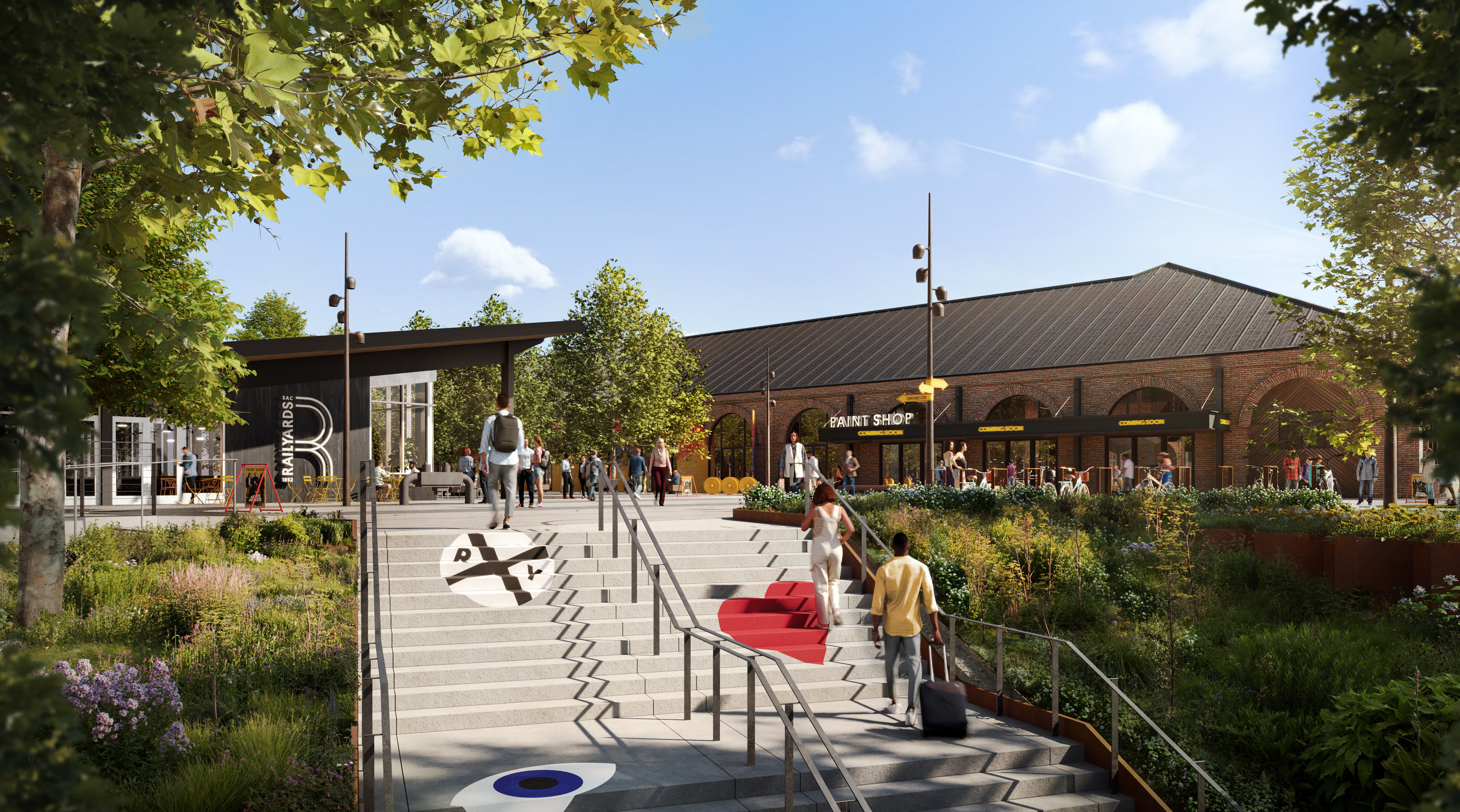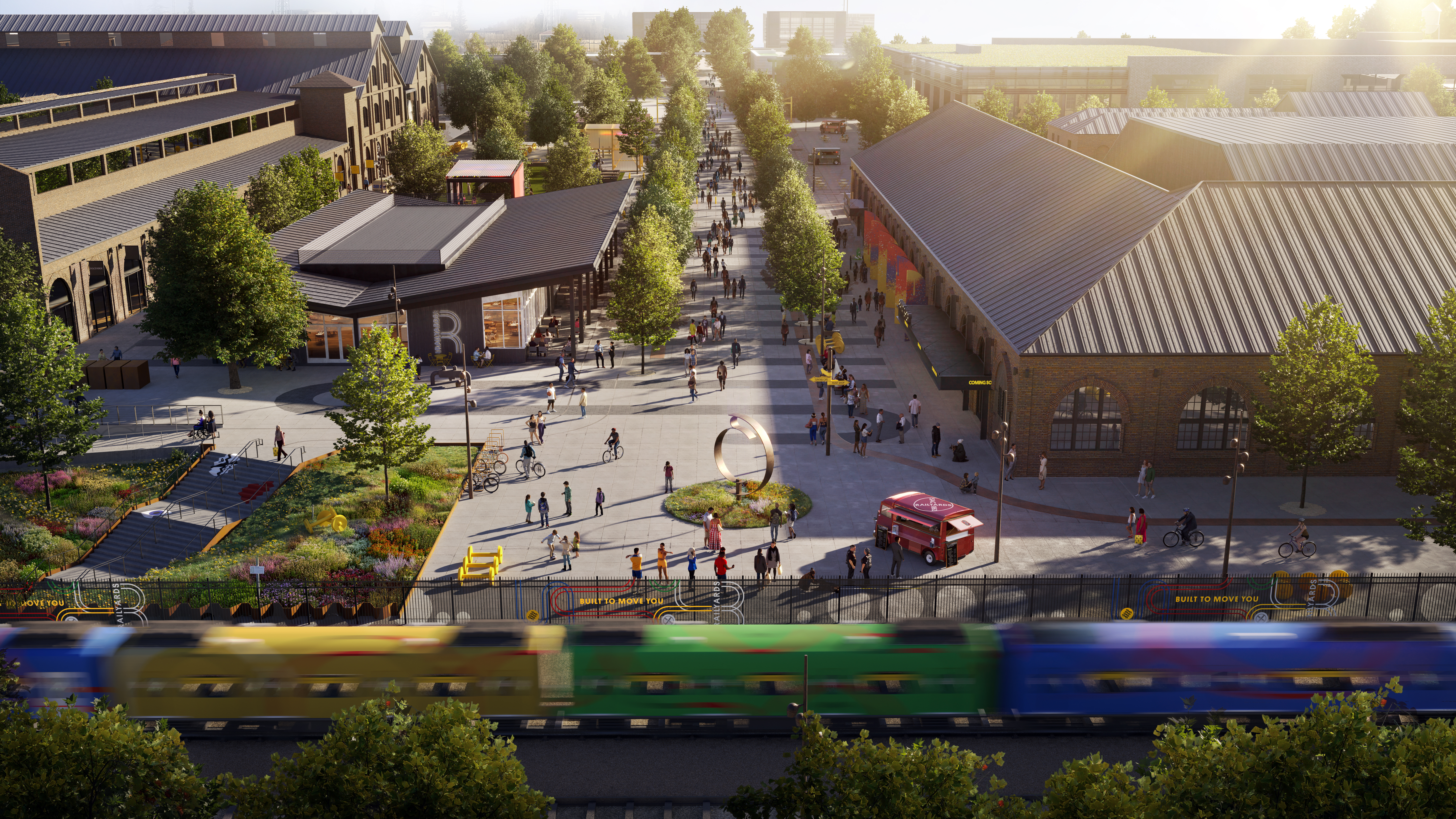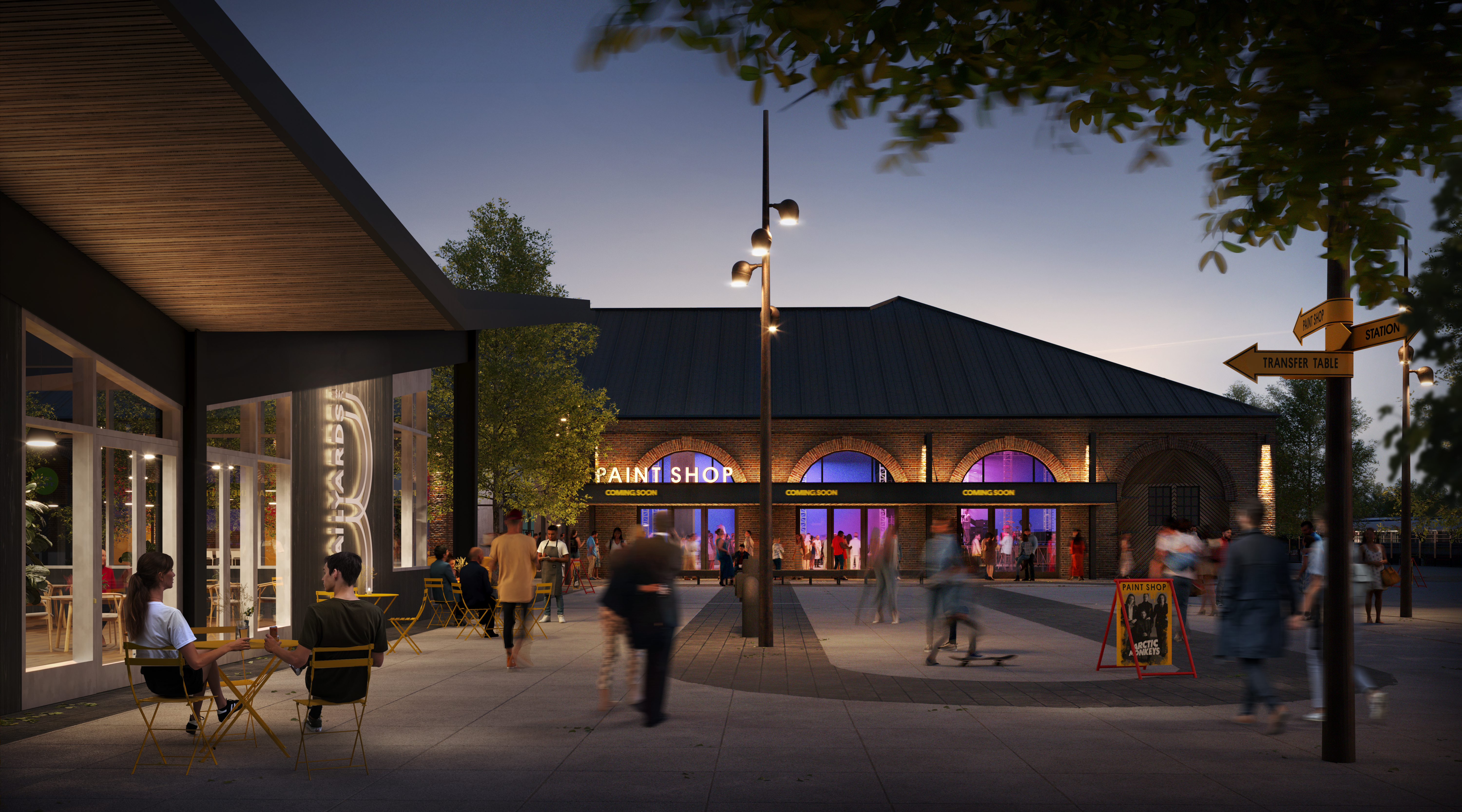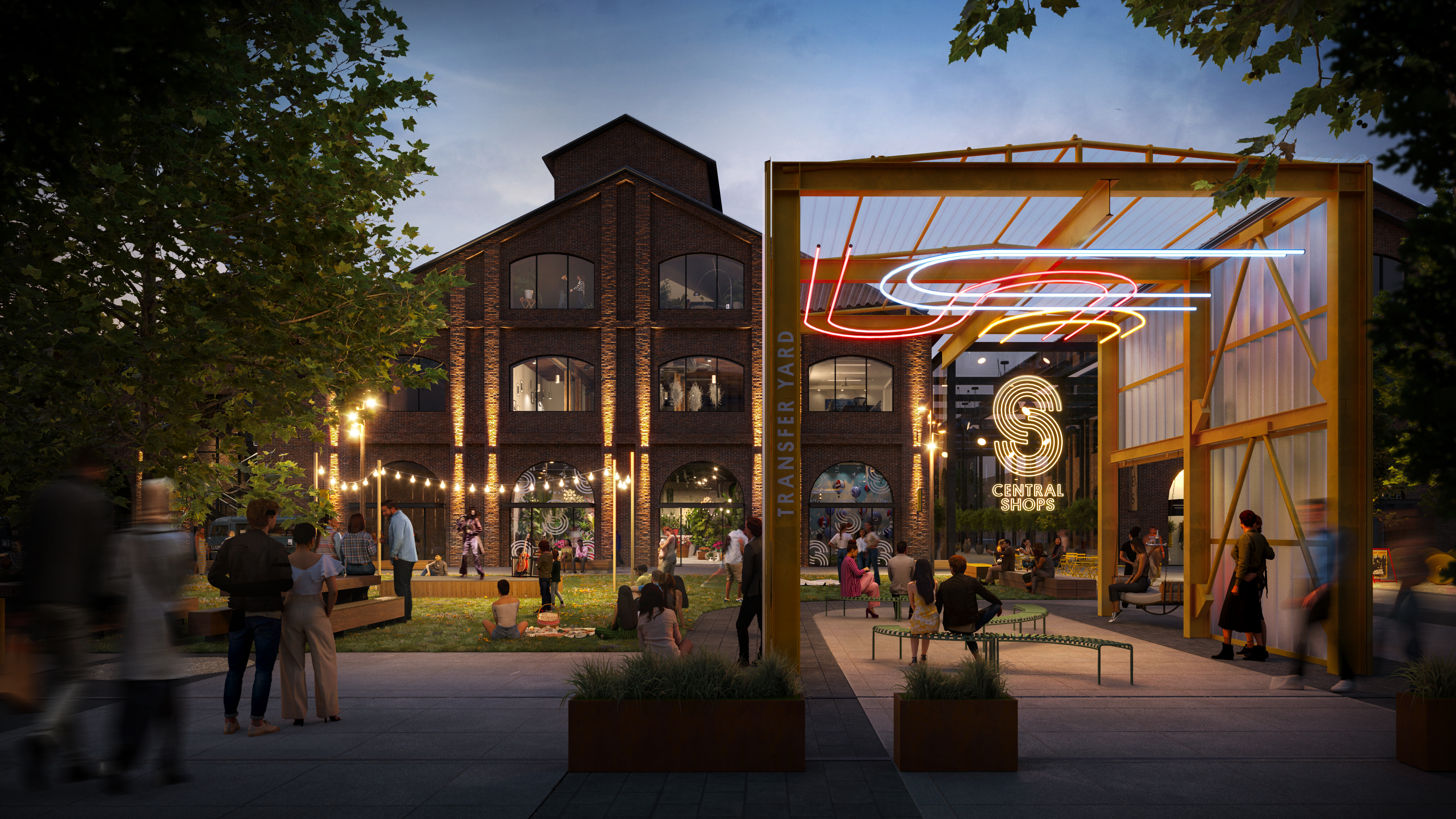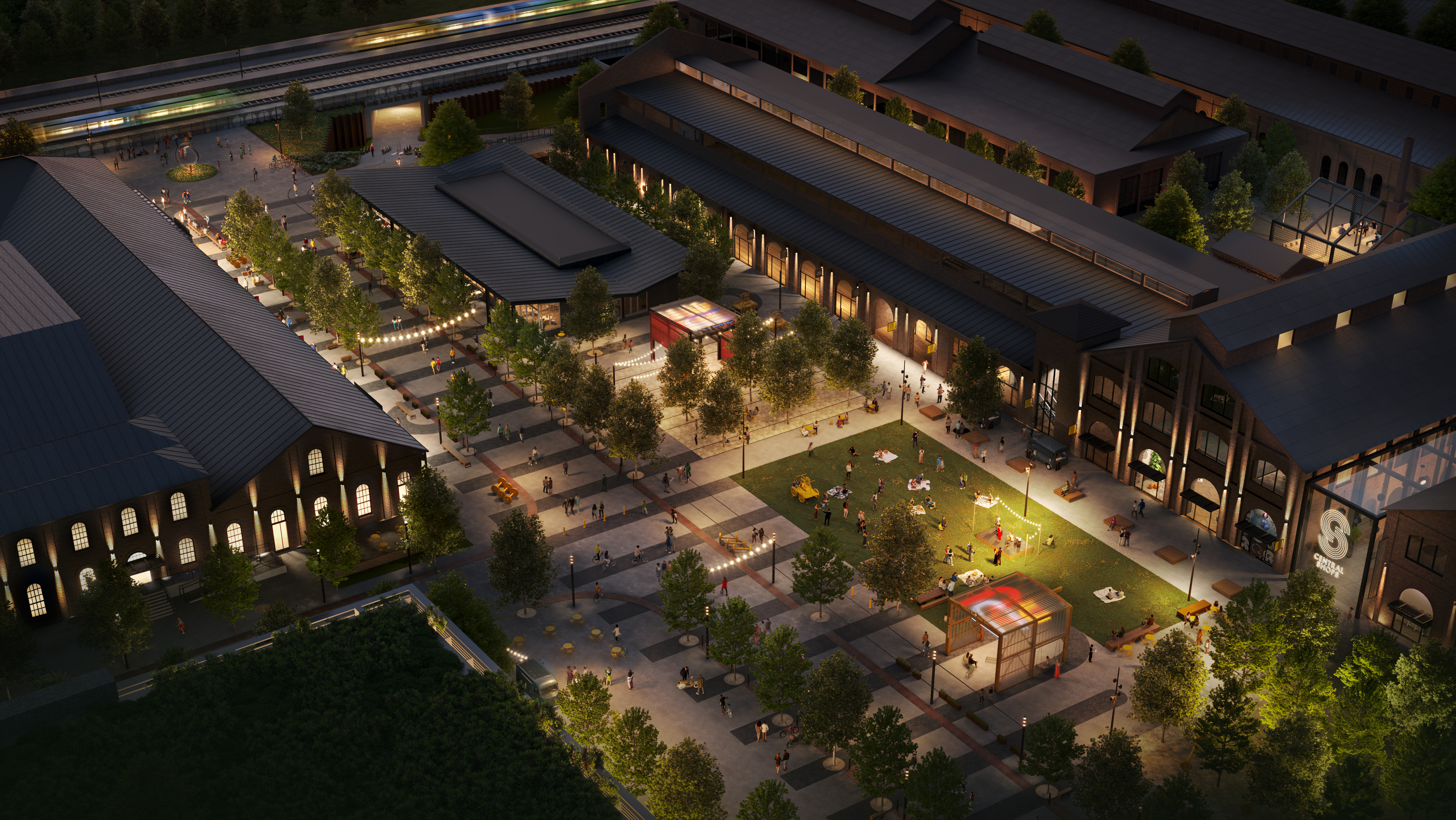
October 4, 2018 / Author: the Railyards
Sacramento is using new technologies to build a smarter, safer, and more connected city. Find out just what’s so smart about the Capital City.
What makes a city smart?
Smart cities use information and communication technologies to increase government efficiency and enhance quality and performance of urban services such as energy, transportation, and utilities.
Sacramento is the state’s eighth largest city and hub of the 2.2 million region. The State Capital is emerging as a Smart City - embracing emerging information to better understand and serve the needs of the community.
A Smart City recognizes the opportunity for information and technology as a tool to provide services to all its citizens: including accessibility, affordability, choices, coordination, and efficiency. - City of Sacramento
Smart Technology
On Monday, October 1, Sacramento became one of the first cities in the nation to launch Verizon’s 5G home broadband internet service.
5G technology is promising to change the way we connect and revolutionize our lives in unimaginable ways. 5G brings speeds 100 times faster than previous mobile service and 10 times faster than the fastest previous home internet service.
But speed isn’t the only benefit 5G is bringing to Sacramento.
One of the largest advantages of 5G service is “low-latency operation.” Latency means responsiveness - it’s the gap of time between a request and a response. 5G cuts latency rates from 4G’s average speed of 0.5 seconds down to 1 or 2 milliseconds (0.001 or 0.002 seconds).
And that’s going to be a game changer for technologies such as autonomous cars, virtual reality, traffic systems, gaming, and industries like medicine and manufacturing.
Latency is one of the biggest issues with autonomous cars. Imagine you’re driving your car on the freeway, traveling down I80 at 70 mph.
At that speed, the average stopping distance is about 96 meters (315 feet) if you see a danger up ahead. Twenty-one of those meters is distance spent processing the information - the time it takes for your brain to recognize the danger and realize you need to act on it. The remaining 75 meters is actual braking distance.
Now consider an autonomous vehicle powered by 5G in a Smart City.
The response time to a danger is milliseconds.
No human could process that information that quickly - meaning autonomous cars could lead to safer streets with fewer collisions.
Smart Transportation
Sacramento is an inaugural member of the Smart Cities Collaborative, earning one of sixteen spots in a collaborative to explore how technology can improve urban mobility.
Sixty cities applied to be a part of this collaborative, and Sacramento was chosen to participate along with other metros such as Los Angeles, San Francisco, San Jose, Denver, Portland, and Seattle.
Smart cities are improving how we move by supporting more affordable and sustainable mobility choices, improving the quality and reliability of transit services, enhancing pedestrian and bicycle infrastructure, and making better use of the space allocated to parking.
Smart cities like Sacramento are taking the lead in how we adapt to climate change by installing electric vehicle infrastructure, converting public fleets and buses to electric vehicles, incentivizing shared-use mobility options (like Sacramento’s new bike-share program), and closely monitoring air pollution to identify and address emissions hotspots.
The City of Sacramento’s fleet is one of the greenest and most advanced in the U.S., with 50% alternative fuel vehicles and over 30 electric vehicles.
Smart Public Safety
Smart Cities like Sacramento are using technology and data to locate, mitigate, and prevent safety issues.
Sacramento launched a Real-Time Crime Center in 2016. Thousands of high-resolution cameras around Sacramento feed in real-time images to the center.
The ultimate goal of the Crime Center is to stop crime before it happens. With the higher speeds and lower response time of 5G now available in Sacramento, the Crime Center is sure to be even closer to its goal.
Sacramento has also deployed four zero emission motorcycles to help officers who need to be more maneuverable around the Golden 1 Center and at other downtown events such as parades, marches, and demonstrations. The zero emission bikes are more compact, quieter, and safer for crowds.
Sacramento is showing that arming a police force with smart new technology can be instrumental in creating a city that’s safer for everyone.
Smart Operations
Sacramento is a leader in sustainability and is using technology in new ways to continually improve operational efficiencies.
Since 2005, the City has achieved a 24% reduction in municipal greenhouse gas emissions with projects such as streetlight retrofits and the development of 4.9 megawatts of solar photovoltaics at City facilities.
Municipal efforts have complemented private sector innovation, most recently with the completion of the LEED Platinum designated Golden 1 Center - the greenest and most technologically advanced arena in the world.
Sacramento is a Smart City. It’s leading the nation in new technology and with innovative programs that help connect residents and improve the lives of everyone who works, plays, and stays here. From 5G internet to electric vehicle to a state-of-the-art crime center, Sacramento is demonstrating a willingness to build a smarter city today - and tomorrow.
Photo courtesy of Nicholas Miller.


